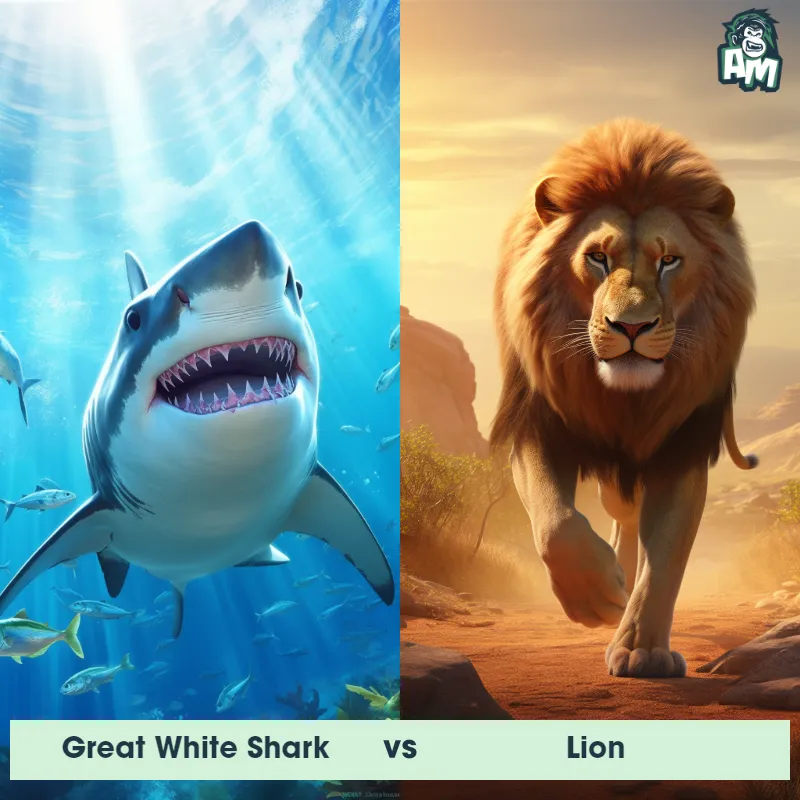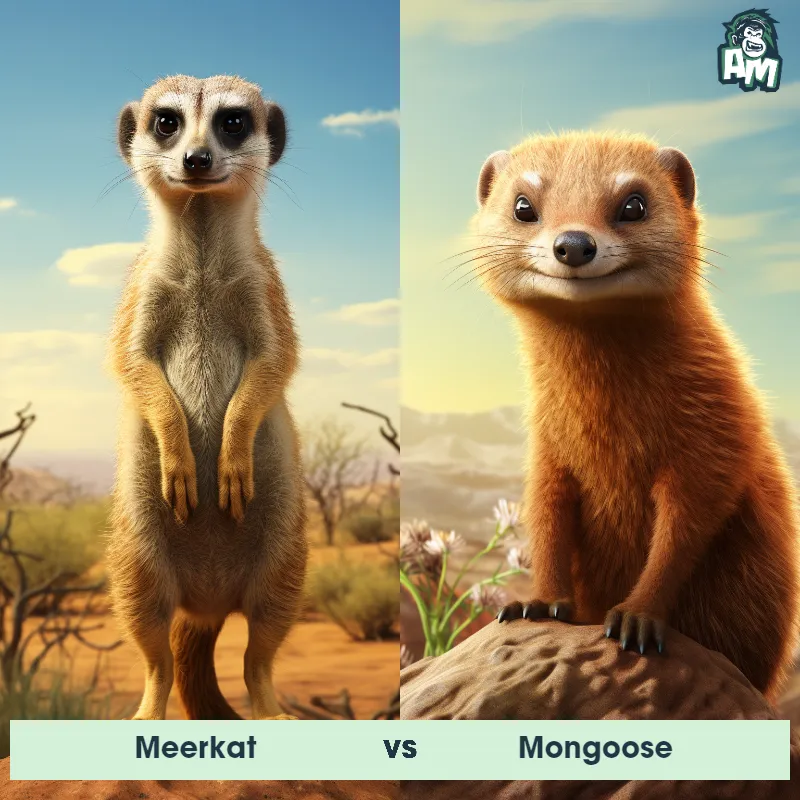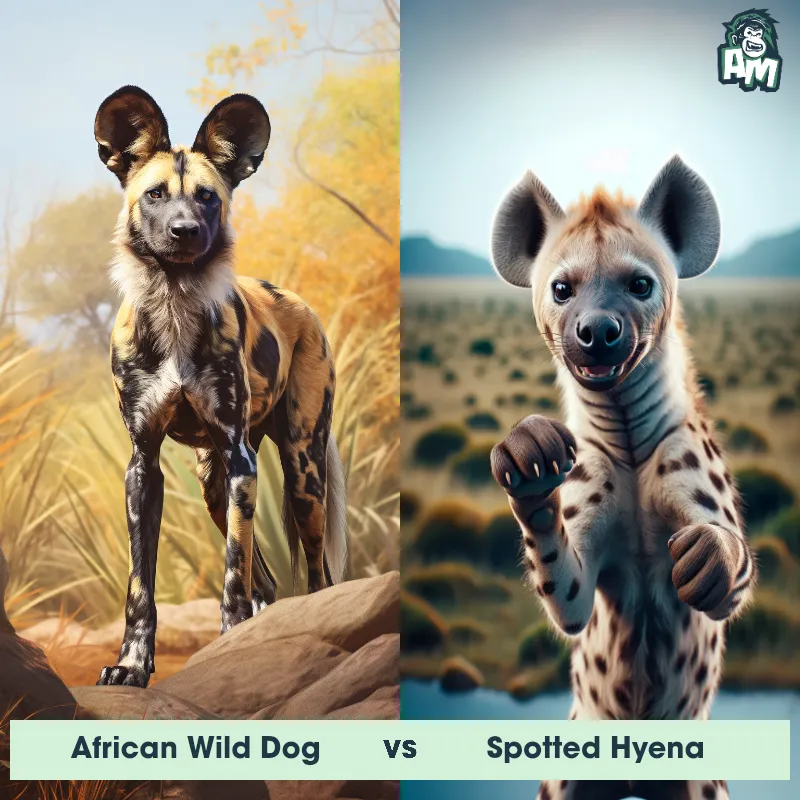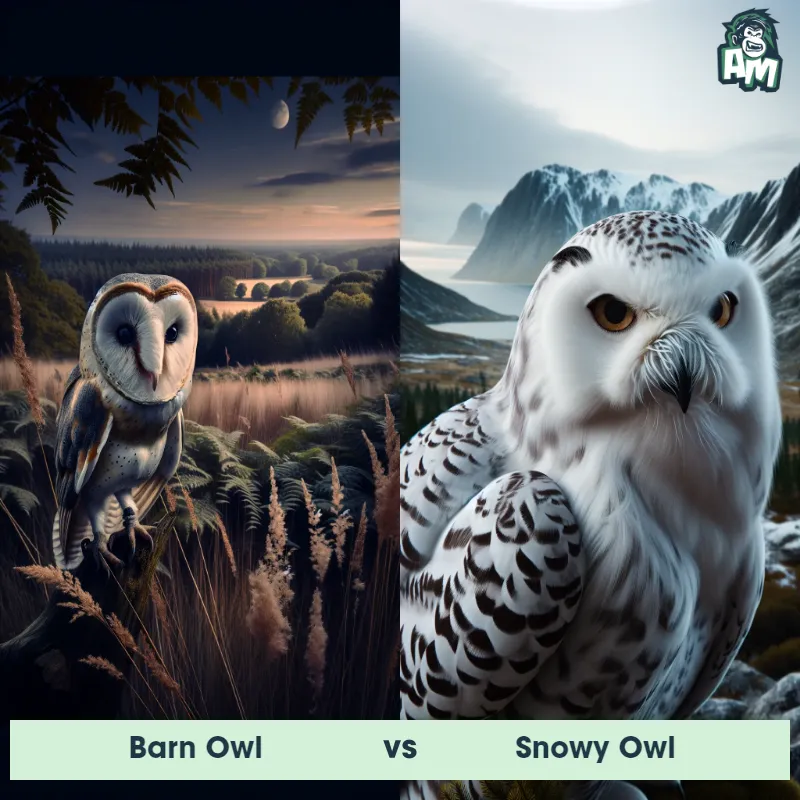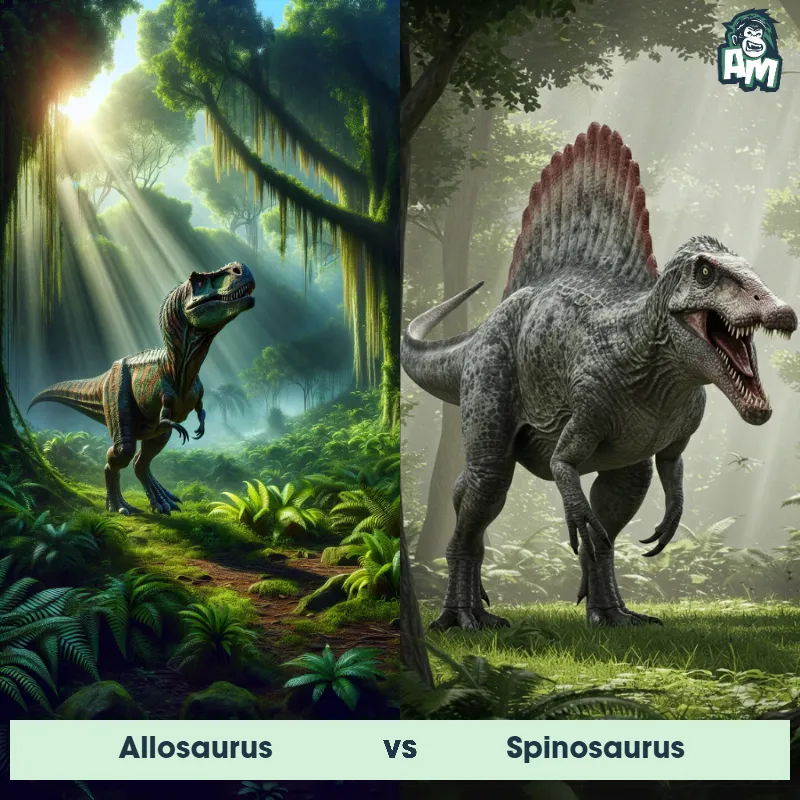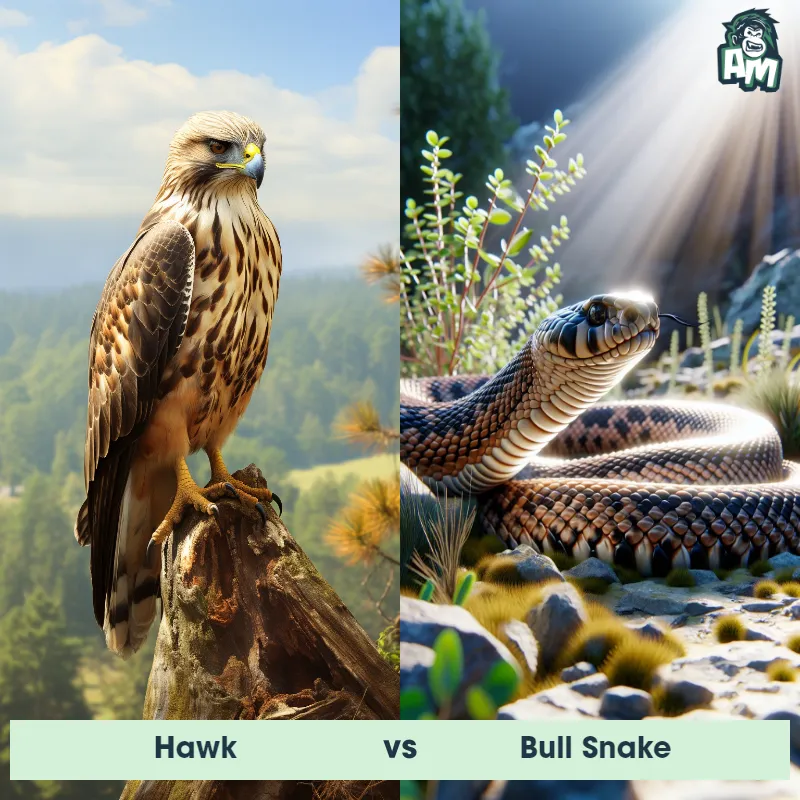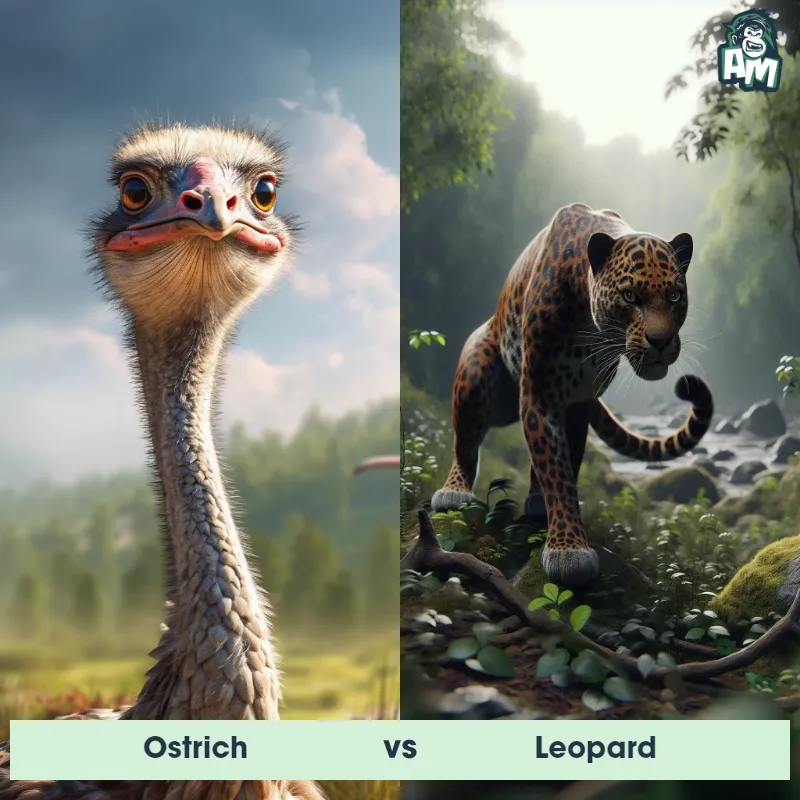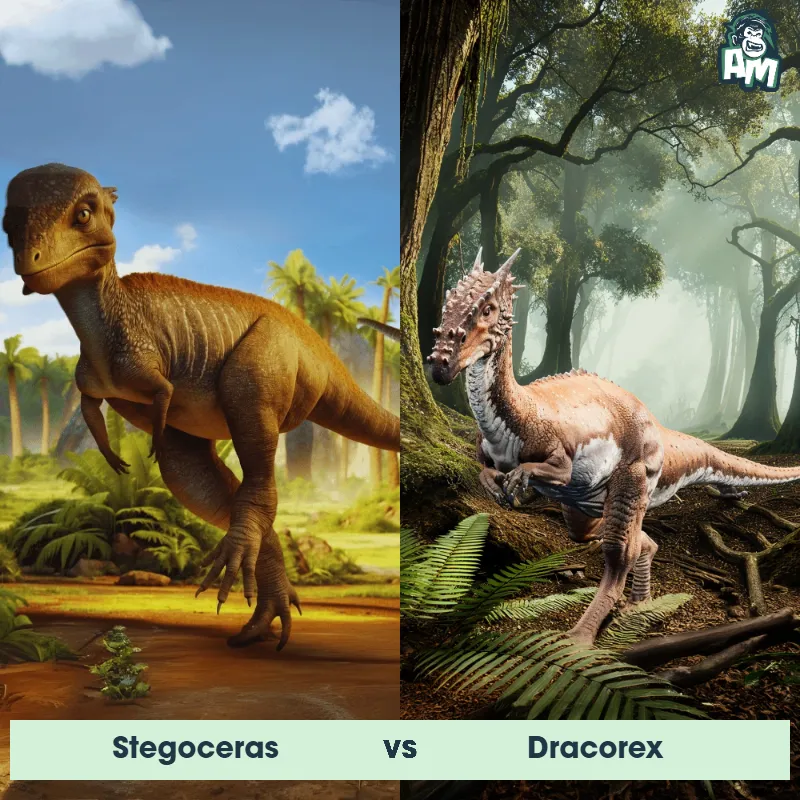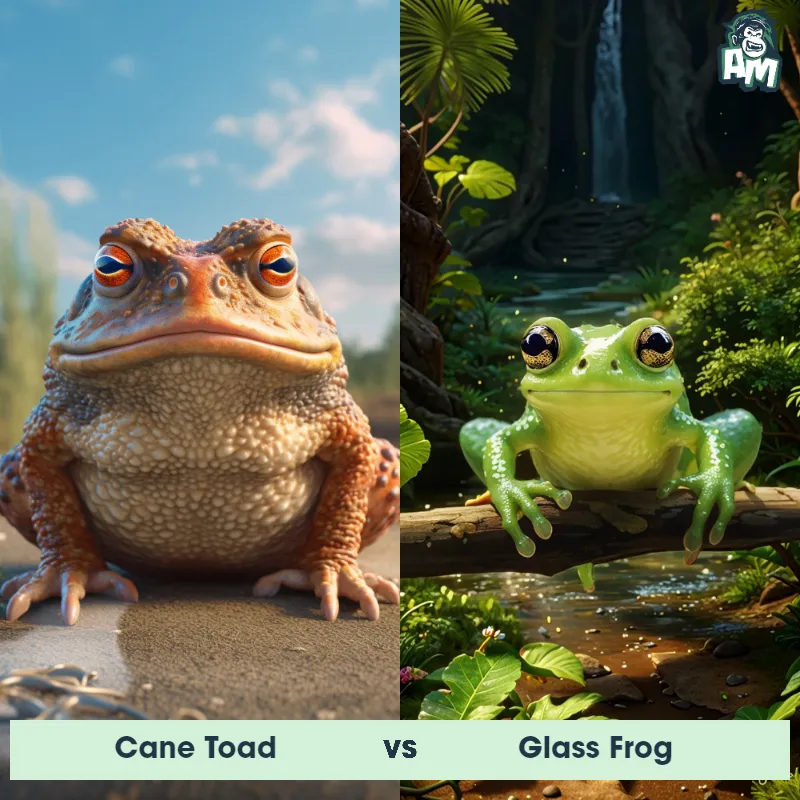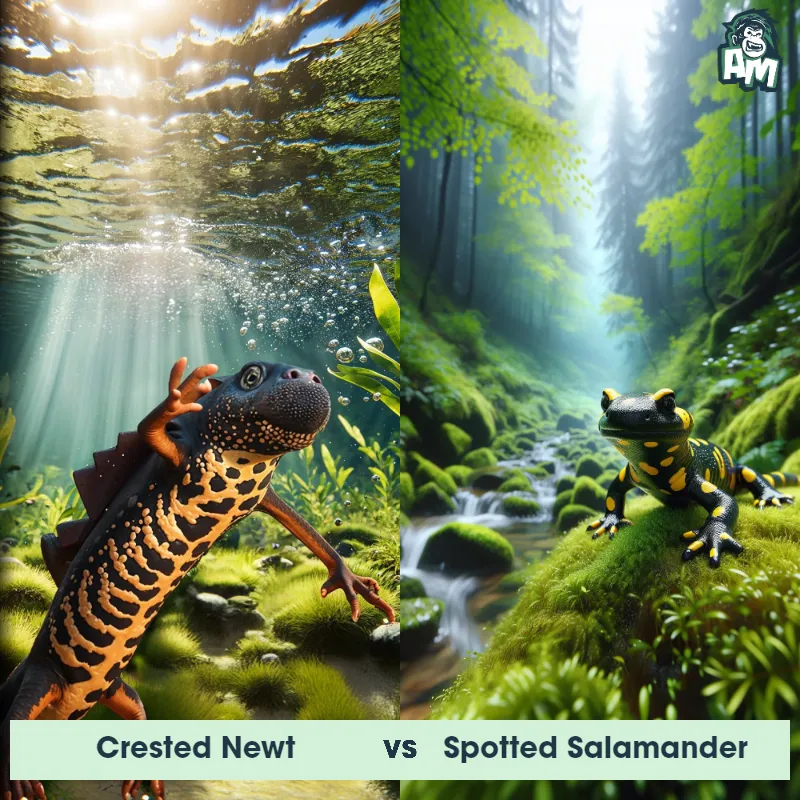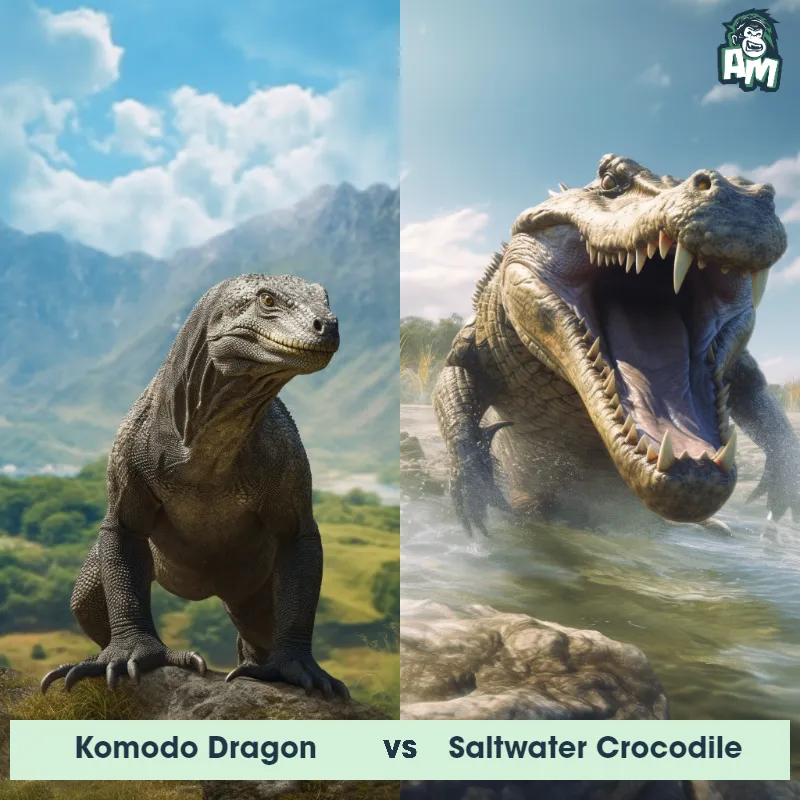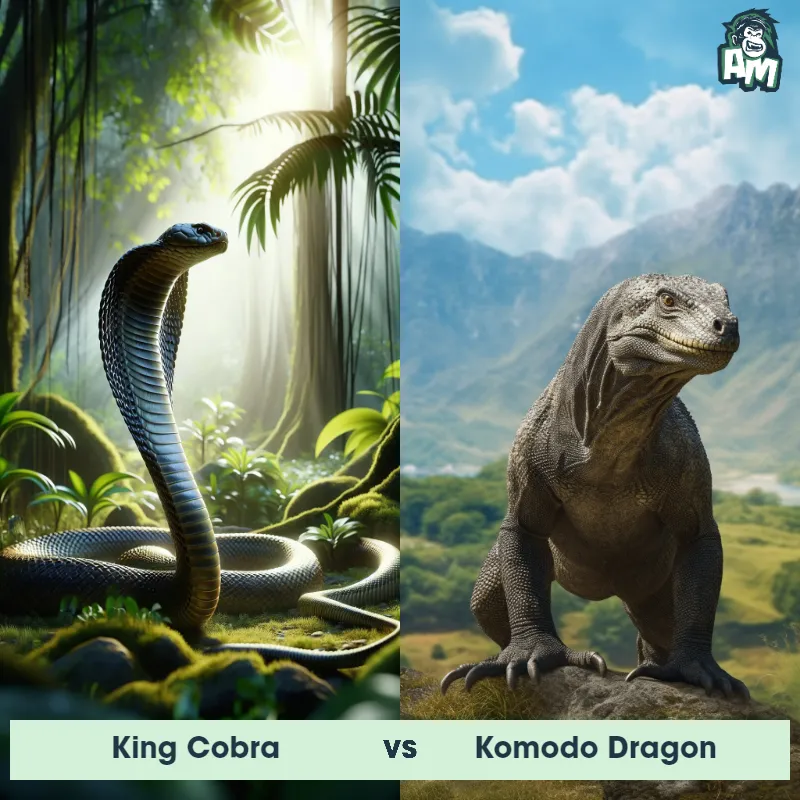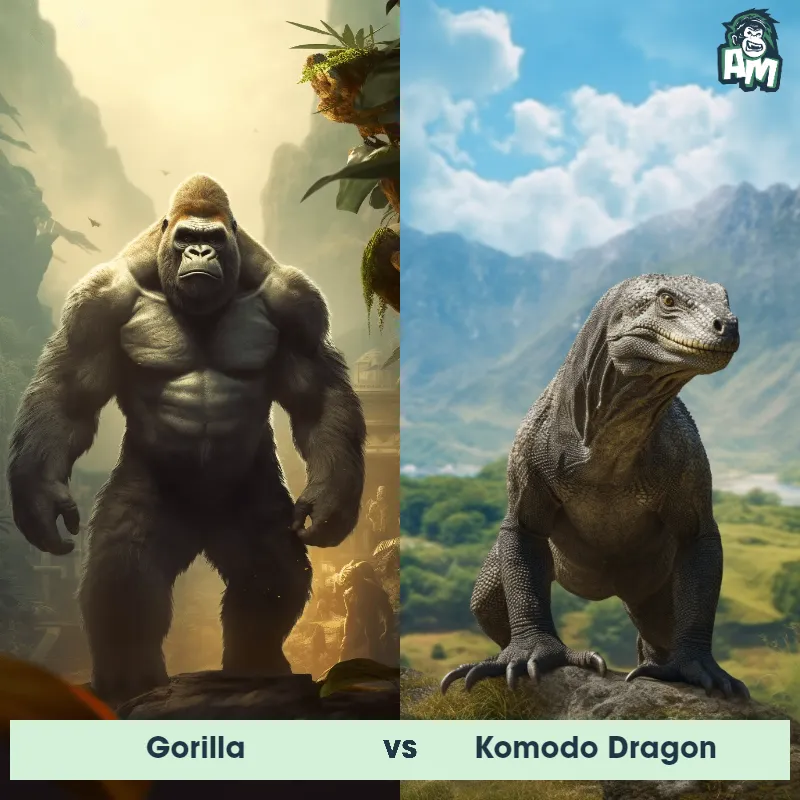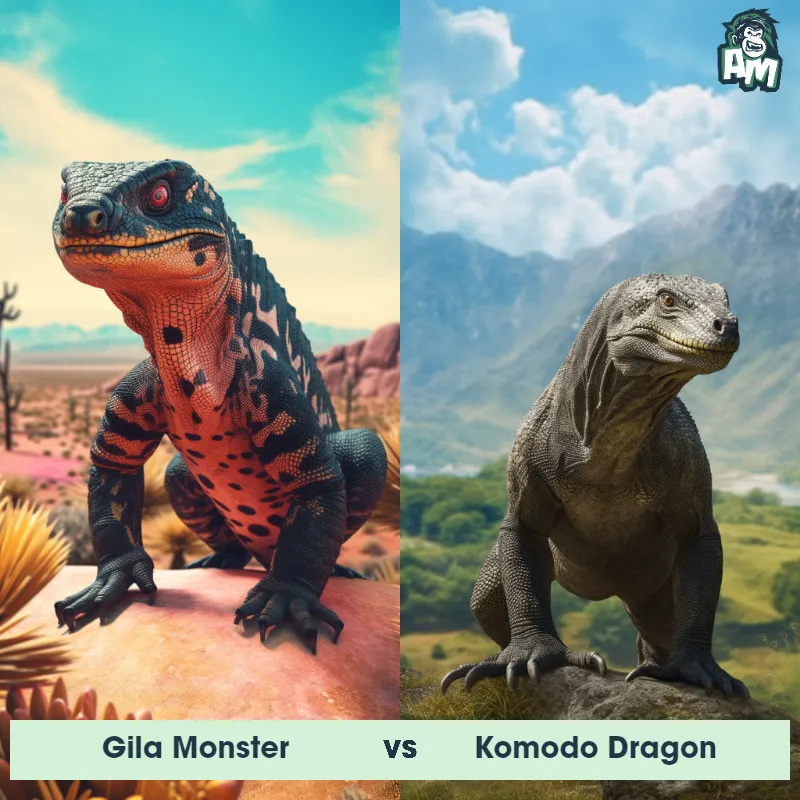Komodo Dragon vs LionSee Who Wins

Welcome, ladies and gentlemen, to this thrilling clash of the titans in the animal kingdom! Today, we have a Komodo Dragon and a mighty Lion facing off in what promises to be an intense battle of strength, agility, and cunning. Both of these predators are at the top of their game, and it's anyone's guess which one will come out on top. Let's dive right into the action and see who will reign supreme!
Contender 1: Komodo Dragon
The Komodo Dragon, also known as the Komodo monitor, is a large species of lizard that can grow up to 10 feet long and weigh up to 300 pounds. They have rough, scaly skin, sharp claws, and a long, powerful tail. Their teeth are serrated and can deliver a venomous bite that can cause paralysis and death in their prey. They are native to the Indonesian islands of Komodo, Rinca, Flores, Gili Motang, and Padar.
Fun Fact: Komodo Dragons have a keen sense of smell and can detect carrion from up to 5 miles away.
Contender 2: Lion
The lion, often referred to as the 'king of the jungle,' is a large, powerfully built cat known for its tawny coat and, in males, a magnificent mane. They are native to Africa and a small region in western India. Adult male lions can weigh up to 420 pounds, while females, who are primarily responsible for hunting, are slightly smaller. Lions are social animals and live in groups called prides, which are usually composed of related females, their cubs, and a small number of adult males.
![[object Object] Gif](https://tenor.com/view/lion-yawning-yawn-tired-exhausted-gif-12230852.gif)
Fun Fact: Lions are the most socially inclined of all wild felids, most of which remain quite solitary in nature.
Matchup Stats
| Komodo Dragon | Lion | |
|---|---|---|
| Size | Up to 10 feet (3 meters) long | 4.5 to 6.5 feet long (body length), 3.5 to 4 feet tall at the shoulder (1.4 to 2 meters long, 1 to 1.2 meters tall) |
| Weight | Up to 300 pounds (136 kilograms) | Up to 420 pounds (190 kilograms) |
| Speed | Speed: 12 mph (19.31 km/hr) | 50mph (80km/h) |
| Key Strength | Powerful jaws and sharp teeth | Powerful build, strong jaws, sharp claws |
| Biggest Weakness | Slow movement and lack of agility | Less agile compared to other big cats, dependent on strength and power |
Current Votes
Komodo Dragon vs Lion
See Who Wins
View More Matches
Looking For More?
Similar Matches
Scientific Stats
| Komodo Dragon | Lion | |
|---|---|---|
| Scientific Name | Varanus komodoensis | Panthera leo |
| Family | Varanidae | Felidae |
| Habitat | Terrestrial | Grasslands, savannas, dense bush, and woodlands |
| Geography | Indonesian islands of Komodo, Rinca, Flores, Gili Motang, and Padar | Africa and a small region in western India |
| Diet | Carnivorous, primarily eats deer, pigs, and water buffalo | Carnivorous, primarily large ungulates |
| Lifespan | 20 years - 30 years | 10 years - 14 years |
Key Differences between Komodo Dragon and Lion
- Body Shape: Komodo Dragons have a distinct body shape with a thick neck, large muscular legs, and a long, heavy tail. In contrast, Lions have a more compact and muscular body, with a strong chest, short neck, and a tufted tail that ends with a brush of hair at the tip.
- Coloration: The Komodo Dragon has rough and scaly skin that is usually a combination of gray, brown, and green, providing excellent camouflage in its natural habitat. In contrast, Lions have short fur that can vary in color from sandy or light yellow to a deeper golden-brown shade.
- Size: The Komodo Dragon is significantly larger than a Lion, with adult males reaching lengths of up to 10 feet and weighing up to 150 pounds, while male Lions typically measure around 9 feet in length and weigh around 420 pounds.
- Tail: Komodo Dragons possess a long, muscular tail that can be as long as their bodies, serving as a balancing tool during intense fights or mating encounters. On the other hand, Lions have a shorter tail that functions as a communication tool within their social groups.
- Facial Features: Komodo Dragons have a prominent, elongated snout that houses sensory pits, allowing them to detect prey through heat signatures. Lions have shorter snouts, and their faces are characterized by a flat nose with a large, broad muzzle.
- Head Shape: The Komodo Dragon has a triangular-shaped head with a stout, curved jaw and sharp teeth that continually regrow throughout its life. Meanwhile, the Lion has a more elongated and rounded head with a powerful jaw and sharp canine teeth specialized for hunting and tearing flesh.



